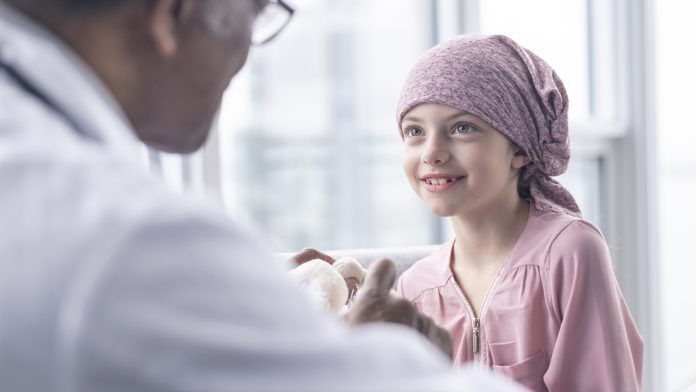
By using drugs currently used to treat other diseases, scientists hope they can reduce the side effects of medication used to treat leukaemia in children.
Acute lymphocytic leukaemia is the most common form of cancer in children and young people. The survival rate for leukaemia in children is good, with 90% of those diagnosed surviving. However, chemotherapy treatment can last several years, and patients can suffer serious long-term side effects.
Side effects are common for child patients
“Many suffer from fatigue, and they may develop problems with memory and learning. Some also suffer from heart failure and hormonal disorders. For this reason, we are trying to find other ways of fighting this type of cancer. Our aim is to be able to reduce the current dosage of today’s chemotherapy,” said Nina Richartz, a researcher at the Department of Molecular Medicine at the University of Oslo.
Richartz and her colleagues tested various drugs used for other diseases, on mice. They wanted to know whether these drugs could enhance the effect of the chemotherapy used to treat leukaemia in children. The researchers also wanted to determine if they could be used to slow down the progression of leukaemia.
The researchers tested the effects of an agent used to treat paracetamol overdose, an anti-inflammatory medicine, and a drug currently used to treat breast cancer. These medications produced encouraging results.
The human body is made up of trillions of cells that must continually communicate with each other to perform important bodily functions. If these cells are unable to communicate properly disorders such as cancer, dementia, and immunodeficiency disease can occur.
“The aim of the cancer treatment is to stop the cancer cells dividing, or even better, destroy them,” explained Richartz. One of the key goals of Richartz’ research is to understand how cancer cells manage to avoid destruction – an important factor in improving chemotherapy treatment for leukaemia in children.
“One of the important processes that occur in our cells is called autophagy. This process can be compared with the recycling of waste in order to create new products. In the same way, cells get rid of damaged or unnecessary parts of themselves in order to gain new energy. This is normally beneficial for the body. But the cancer cells use this same process to procure the nutrients they need in order to survive and rapidly divide,” said Richartz.
Therefore, Richartz was eager to study the communication process in cancer cells that allows them to trigger autophagy. “We carried out experiments whereby we injected mice with leukaemia cells. The experiments showed that the onset of leukaemia was delayed in mice when we inhibited what is called the cAMP signalling pathway,” she revealed.
A more efficient approach to treating leukaemia in children
These findings have led the researchers to believe that leukaemia in children could be treated in several new ways. The development of new pharmaceuticals can take up to twenty years, Richartz findings mean it may not be necessary to develop new drugs to treat leukaemia in children more effectively.
The University of Oslo researchers are in close collaboration with doctors who treat leukaemia in children and have discussed the possibility of testing the drugs on children. Currently, more research is needed, and the team is planning on testing the drugs on cancer cells taken from children with leukaemia.
“Since nine out of ten children and young people survive acute lymphocytic leukemia, careful assessments must be made before doctors would be willing to try out these alternative drugs,” said Richartz. “In any case, we are working towards a common goal: to reduce the negative effects of today’s effective treatment of leukemia.”










